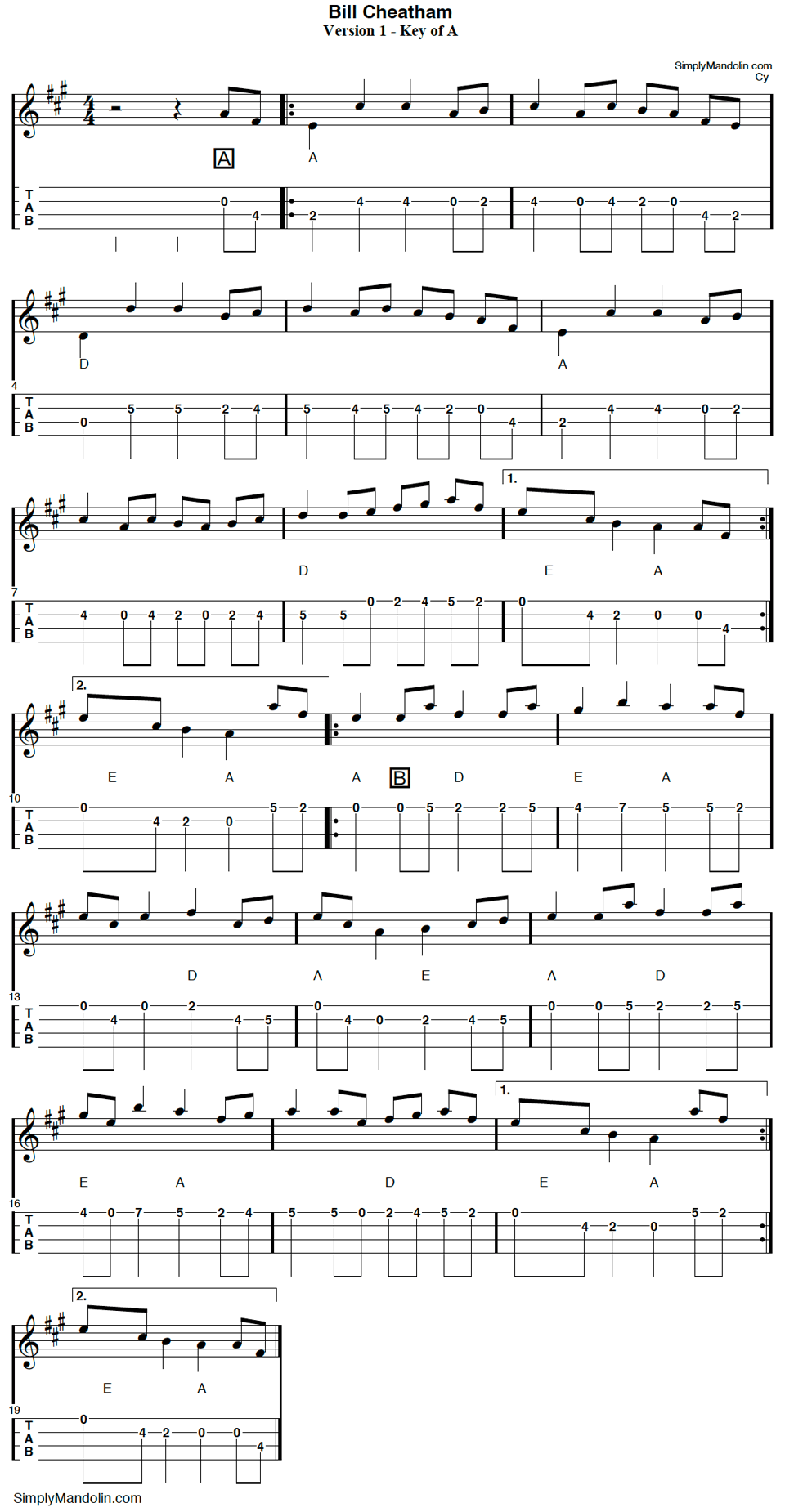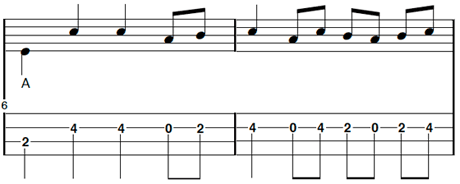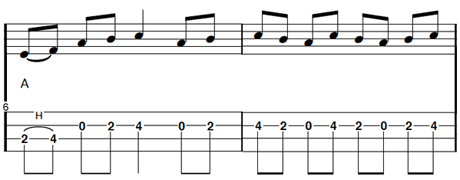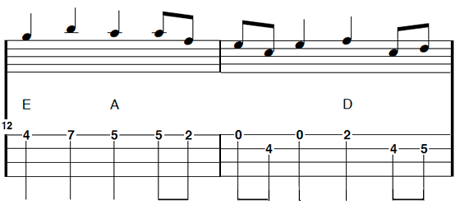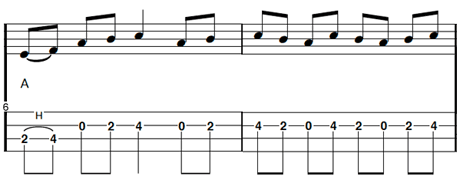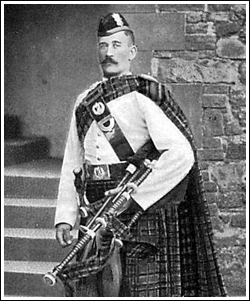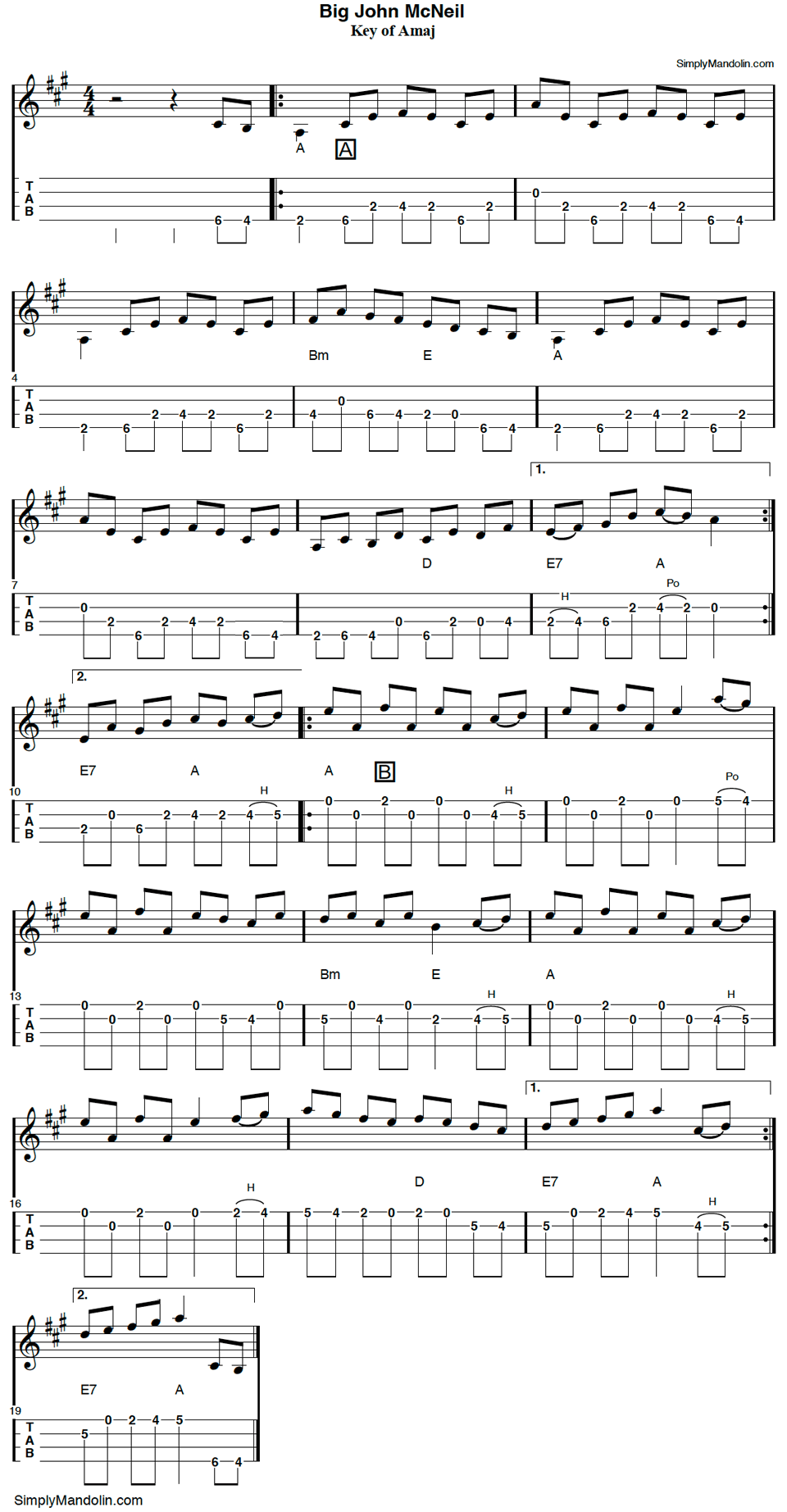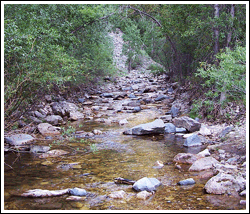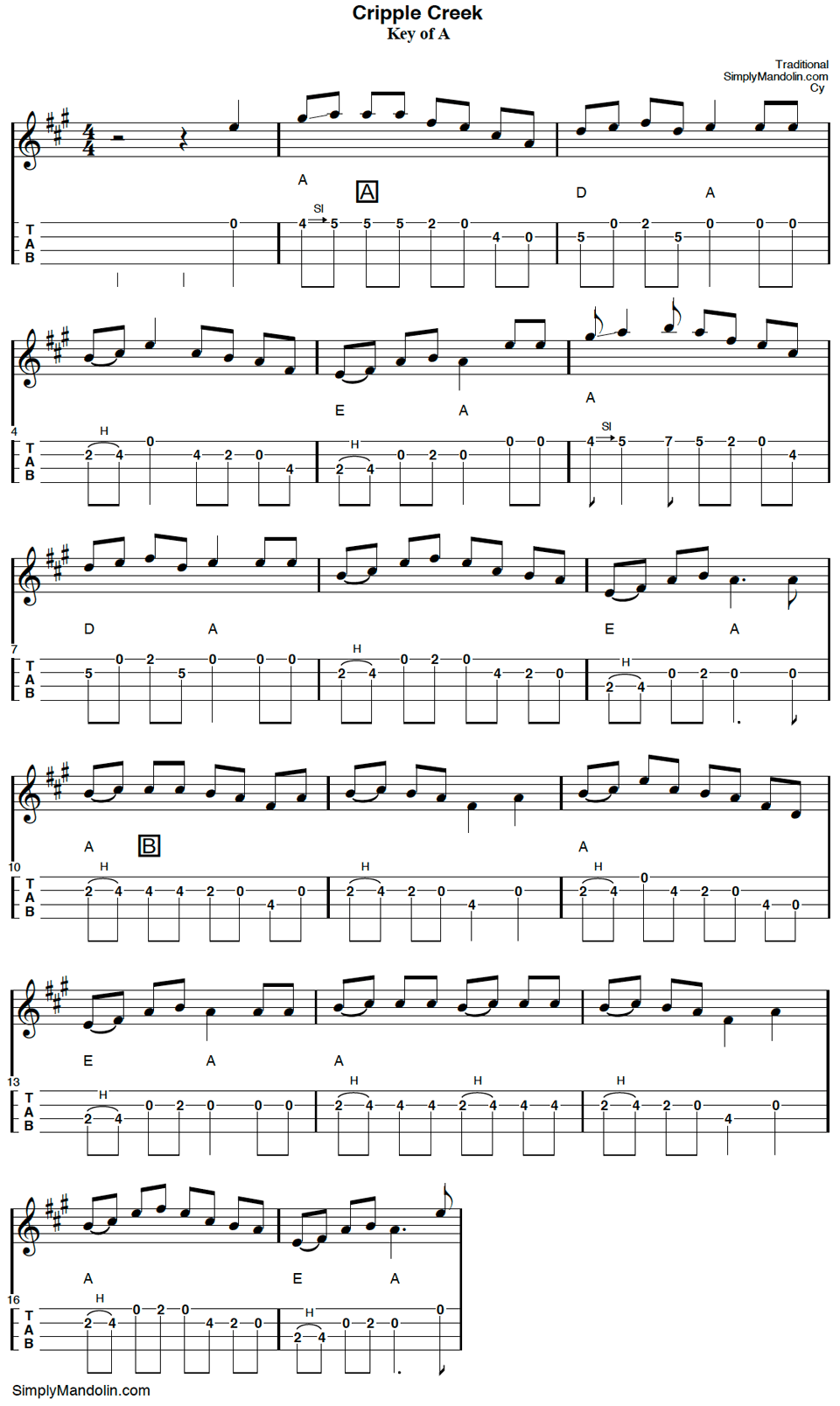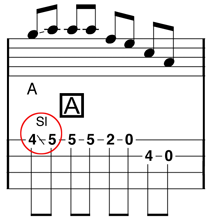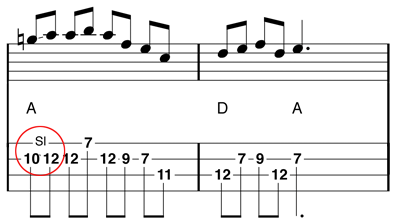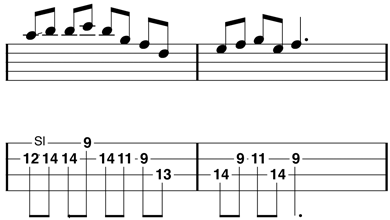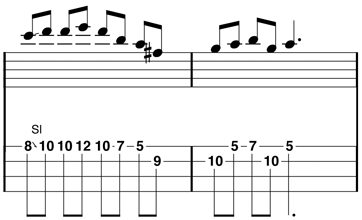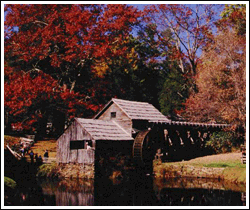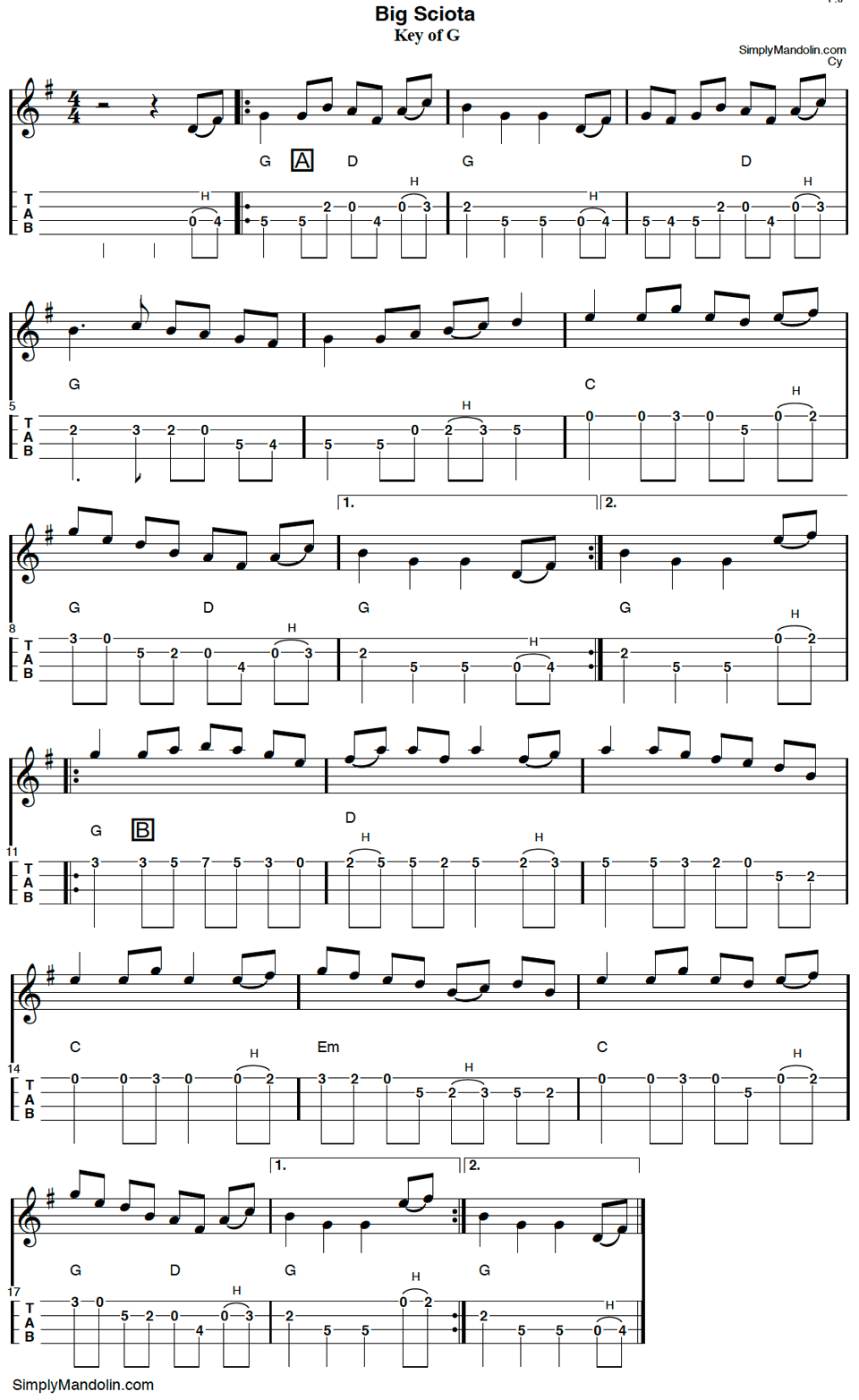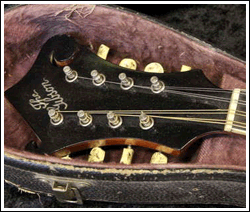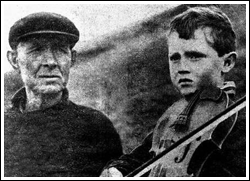
Young boy with fiddle.
“The Boys of Blue Hill” is an old Irish hornpipe. I like playing hornpipes, but I’ve always found the form a little difficult to understand.
Some are written with an even tempo and sound like a slow reel, others are written with dotted notes throughout, and are played with a bit of a ‘lilt’. Hornpipes are sometimes in 4/4 time, and sometimes in 2/4 time (as well as other time signatures). If you look at the music notation, it’s not unusual to find the same tune written in different time signatures.
I first learned this particular tune from the “Foin Seisiun 1” album. I’ve learned a huge number of jigs, reels and hornpipes off those albums. But, “The Boys of Blue Hill” was played with an uneven tempo, and it seemed to be in 4/4 time. I felt this was confirmed when I later found it in The Fiddler’s Fake Book (in 4/4 time). However, its in O’neil’s Music of Ireland with a 2/4 time sig.
I guess it just depends on the day!
As a result, the style seems to be very open to interpretation and variation.
For myself, I find the best thing to do is listen to multiple versions of any tune. Then, if I hear something in particular that catches my ear (a certain passage or musical phrase), I may incorporate that into my version – or into a different tune. Also, I find the ‘feel of a tune’, or at least the way I play it, can change with my mood on any given day.
Of course, after having said all that, sometimes you just go with whats already there…
The Tune
The following version of “The Boys of Blue Hill” is based on the arrangement in O’neil’s Music of Ireland. As a matter of fact, its pretty much lifted right off of page 316 (with a few minor changes).
Its in the key of D major, set to a 2/4 time signature. The A-part is played twice, then the B-part is played twice before repeating.
Listen to “Boys of Blue Hill” for mandolin
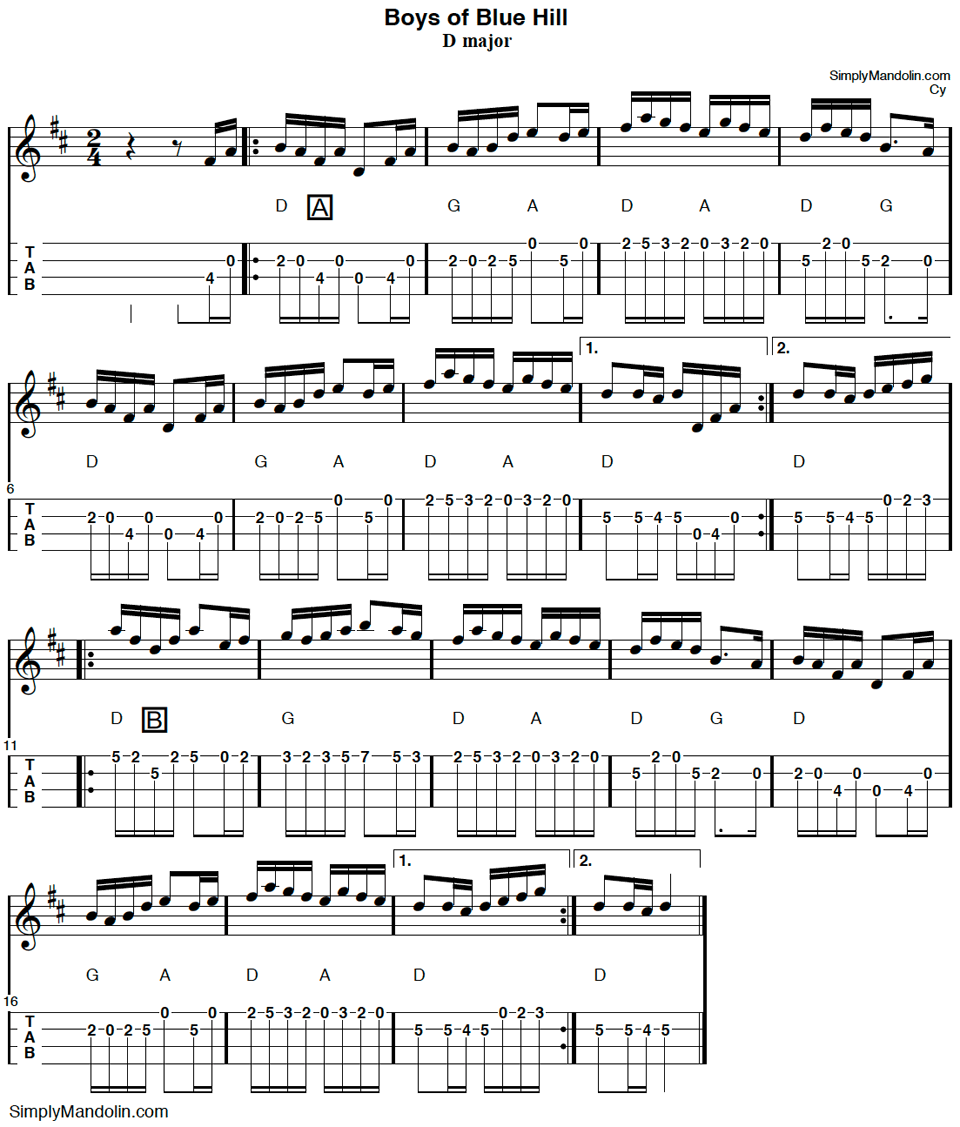
Downloads:
If any downloads or images are missing, please let me know. I’ll get on it as soon as I can.
Second Time Through
I think one of the most common embellishments you’ll find on this particular tune is the hammer-on triplet in measures 3 and 7 of the A-part, and measure 16 in the B-part.
It looks like this:
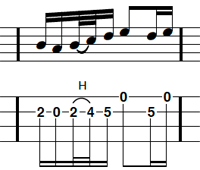
Once you feel you’ve got a handle on the arrangement, go back and give this a go in each of those measures.
Thanks for taking a look at “The Boys of Blue Hill”. I hope you enjoy the tune.
Please feel free to leave comments below.
Don’t Miss a Beat!
Join our mailing list for new tabs, practice ideas and study material.
Keep informed of new projects. Its free!
No spam, ever. That’s a promise!



